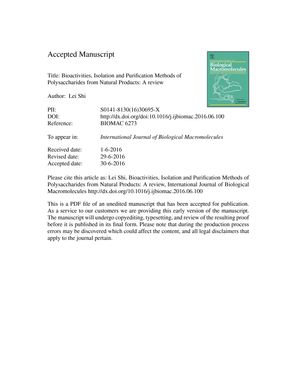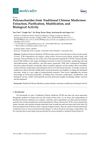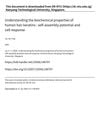Bioactivities, Isolation and Purification Methods of Polysaccharides from Natural Products: A Review
July 2016
in “
International Journal of Biological Macromolecules
”

TLDR Polysaccharides have many health benefits and are used in drugs, but isolating and purifying them is complex and requires careful methods.
The 2016 review discussed the significant bioactivities of polysaccharides, highlighting their therapeutic potential in the healthcare, food, and cosmetic industries due to their antitumor, antiviral, anti-inflammatory, and other effects. It emphasized the complexity of polysaccharide structures and the importance of achieving homogeneity for pharmacological studies. Various methods for isolating and purifying polysaccharides were covered, noting that over 30 polysaccharides were in clinical trials for conditions like cancer and diabetes, with global sales of carbohydrate drugs exceeding $19.3 billion in 2002. The review also presented specific studies demonstrating the neuroprotective, anti-myocardial ischemia, anti-radiation, antioxidant, antithrombotic, fat absorption suppression, endotoxin protection, and other bioactivities of polysaccharides. It stressed the challenges in drug development, the need for maintaining intrinsic properties during isolation and purification, and the importance of expertise in these processes. Techniques such as graded precipitation, salting-out, metal coordination, quaternary ammonium salt precipitation, and column chromatography were detailed, with an emphasis on controlling purification factors. The document concluded that polysaccharide separation and purification are complex, requiring method selection based on specific polysaccharide properties, and acknowledged financial support from Singapore's Ministry of Education.


